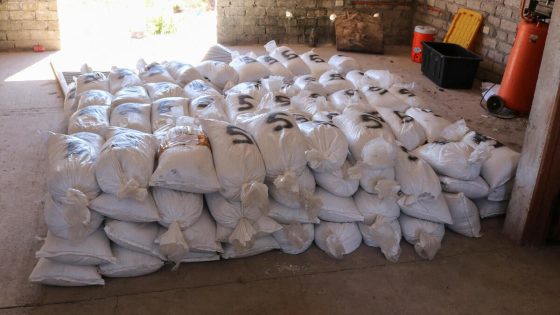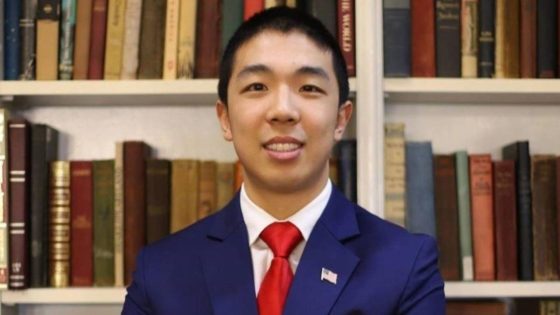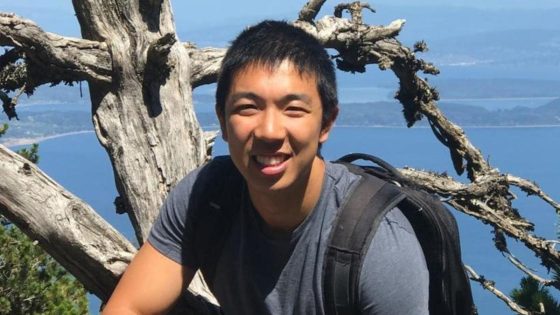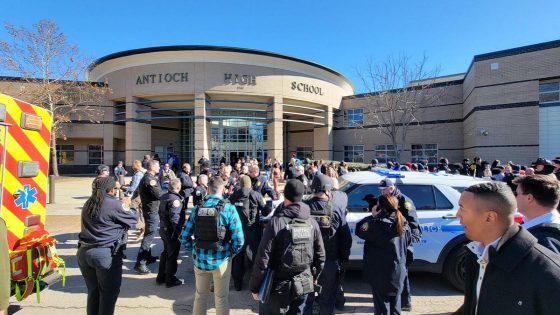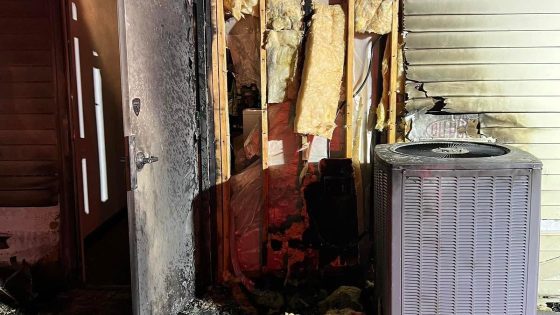Mexico’s battle against the drug crisis intensified on February 16, 2025, as authorities seized a staggering 440 pounds of methamphetamine in Sinaloa, a state known as a stronghold for cartel activity. The operation, part of a weekend initiative to dismantle illegal drug laboratories in the northwestern region, highlighted both the ongoing struggle against drug trafficking and the increasing pressure from the United States for the Mexican government to take more decisive action.
- Mexico seizes 440 pounds of methamphetamine.
- Sinaloa state identified as cartel stronghold.
- Trump pressures Mexico to combat drug trafficking.
- Recent operations led to major drug discoveries.
- Sheinbaum disputes fentanyl production claims.
- Mexico considers legal action against U.S. gunmakers.
The operation was announced following growing tensions with the U.S., particularly under President Donald Trump, who has sternly criticized Mexico’s handling of drug trafficking and threatened imposing a hefty 25% tariff on Mexican goods. This levy, he argued, was motivated by the dire need to address the trafficking of fentanyl, a synthetic opioid contributing to the overdose death toll in the U.S. De facto, it’s a complex diplomatic chess game, with drug laws, national security, and international trade all in play.
“The value of the drugs seized in this operation is nearly $40 million,” a government spokesperson confirmed, noting that authorities not only confiscated the methamphetamine but also over 3,170 gallons of chemical precursors necessary for its production. This multi-faceted approach seeks to shine a light on the Mexican government’s ongoing commitment to combating drug smuggling and to reaffirm its diligence in response to international scrutiny.
In recent weeks, Mexican authorities have ramped up efforts against drug trafficking, touting significant seizures as a means to showcase their commitment. Just since February 5, when enhanced military deployments began along the U.S.-Mexico border, they have confiscated an impressive 4.9 tons of methamphetamine, along with cocaine, fentanyl, and firearms.
Yet, the complexities do not end there. Despite the notable uphill battle against cartels, Mexico’s President Claudia Sheinbaum firmly stated during a news conference that there is “no proof” that fentanyl is being synthesized within the country, pushing back against narratives suggesting that Mexico is the primary supplier of this dangerous substance. Sheinbaum recently agreed to deploy 10,000 additional troops to the border, a move that kept trade tariffs on hold temporarily and signaled a willingness to cooperate more closely with U.S. authorities.
The implications of these developments stretch beyond the immediate seizure and the political undertones. The U.S. Drug Enforcement Administration has identified Mexican cartels, particularly the powerful Sinaloa Cartel, as central to the fentanyl crisis, alleging that these organizations manipulate supply chains and operate clandestine labs across Mexico. This alarming recognition elevates the stakes of the ongoing conflict, as both nations grapple with an unprecedented number of overdose deaths linked to synthetic opioids.
An additional layer of tension is added by the ongoing legal battles regarding U.S. gun manufacturers. Should the U.S. decide to classify Mexican drug cartels as terrorist organizations, President Sheinbaum indicated that her administration might pursue new legal avenues against American gun makers, claiming that they are complicit in fueling the violence linked to these criminal enterprises.
As these situations unfold, the realities on the ground remain precarious. The operations against drug labs are not just about drug seizures; they represent a broader national and international struggle involving law enforcement, military presence, and international relations. Moving forward, observers will be keenly watching how these bold moves affect cross-border relations, the current drug crisis, and the overall safety of citizens affected by this unrelenting violence. The future may hold new challenges, especially if the fundamental issues of drug production and distribution are not comprehensively addressed.
In the meantime, as communities in Sinaloa and beyond contend with the consequences of cartel power, they remain caught in a cycle of violence and desperation, emphasizing the urgent need for sustainable solutions that transcend mere law enforcement.



